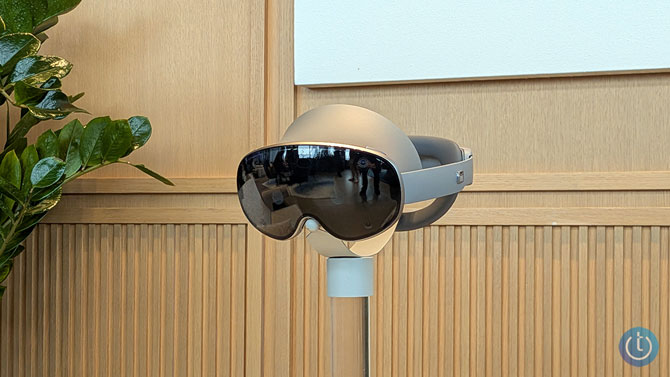
I recently had the opportunity to test the Samsung Galaxy XR headset, which the company just announced. It left me with a big question that wasn't completely answered – why would someone want to buy an Extended Reality (XR) headset, one that combines the virtual and real worlds? What's more, it came with the realization that this question isn't necessarily one Samsung is responsible for answering. It's an industry-wide question that has remained unanswered since the debut of Facebook's (now Meta) first Oculus Quest, the first all-in-one VR headset, seven years ago.
Well, that's actually only mostly true. There are some definitive use cases for VR and XR headsets. The most common answer that the industry has provided is: Gaming. People love to game on their headsets, and most of them are playing Beat Saber. Personally, I have a few games I enjoy on my Meta Quest 3s – Beat Saber, The Climb, and Hell Horde, among a sprinkling of others. But beyond that, it's all I use my headset for.
Meta tried to answer this question by dumping literal billions of dollars into its own "Metaverse," which was largely populated by Meta Employees and a few loyalists, but it never took off. Apple certainly hasn't tried to answer this question. In fact, Apple would prefer people forget you're wearing its Vision Pro headset by mimicking your face on a screen on the front of the headset. That hasn't worked out terribly well.
Then there's the Samsung Galaxy XR headset. The company spent an hour telling us all the cool things it can do, and then it gave us 25-minute demos to let us try it out for ourselves. (You can read about my experience on Mashable.) Through it all, I couldn't help but wonder what I can do with this headset that I can't do with my phone or my computer? Why do we need a headset?
It's true that a headset gives us a new perspective on things. During my demo, I could fly around New York City, Chicago, Wrigley Field, and my own neighborhood. I can do that on my phone and computer, but the 3D aspect of it is lost on a 2D screen. So, there's that. But some of the demos included looking up places to eat. I use my phone for that.
The headset also allows you to open 2D apps in floating windows around you, which is great. However, I already have a triple monitor setup in my office, so a headset doesn't really offer much there, except I can also place windows above and below each other, which is nice.
However, the critical component missing from the Samsung Galaxy XR is a travel mode and the ability to pin apps to places around your home, like a timer next to the stove in the kitchen or a grocery list next to the fridge. This is arguably the one part of the Apple Vision Pro that seems to address the question of why you need a headset – so you can wear it. In theory, with the ability to pin apps, you could conceivably use an XR headset to replace your computer monitor, TV, picture frames, and more by wearing your headset around the house. Yes, that does skew toward the makings of a Black Mirror episode, but it could be a fun use case.
Overall, the price of the XR headset is only one barricade to overcome, and to its credit, Samsung is doing that. The price of the Samsung Galaxy XR is $1,799.99, which is expensive, but it's about half the price of the Apple Vision Pro. The other barrier to overcome is the 'why' of it, and while it's true that Samsung and Google have not answered this question, neither has anyone else in a market that has existed for over half a decade. Honestly, that answer should have been found by now, so the onus isn't on Samsung. But now that Samsung is in the space, it shares the burden.
Read next: Meta Bets on Everyday AI With Three New Smart Glasses
[Image credit: Adam Doud/Techlicious]

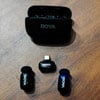
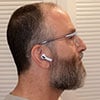


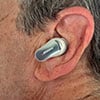





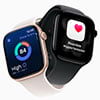





From Vince on October 26, 2025 :: 9:04 pm
It would be nice if you can replace 3 or 4 monitors just with the headset. That can justify its pricing, they need to provide the availability to sync with the PC seamlessly so people start loving them.
Reply